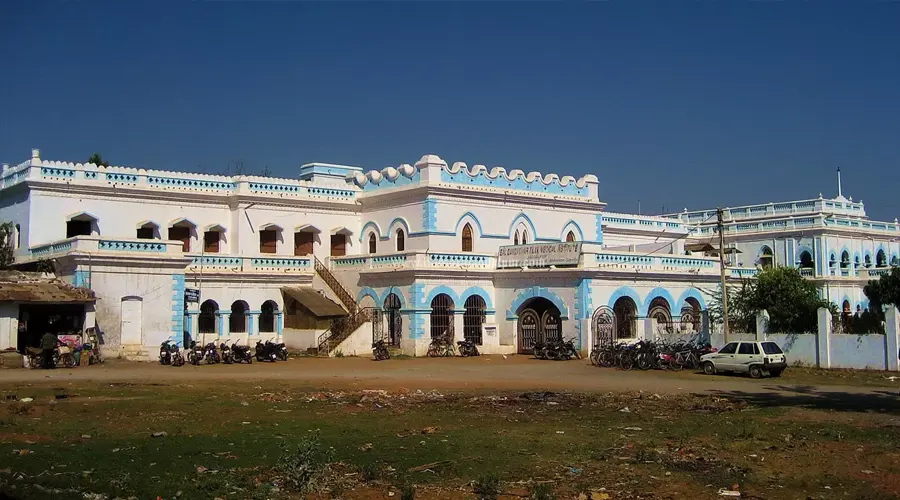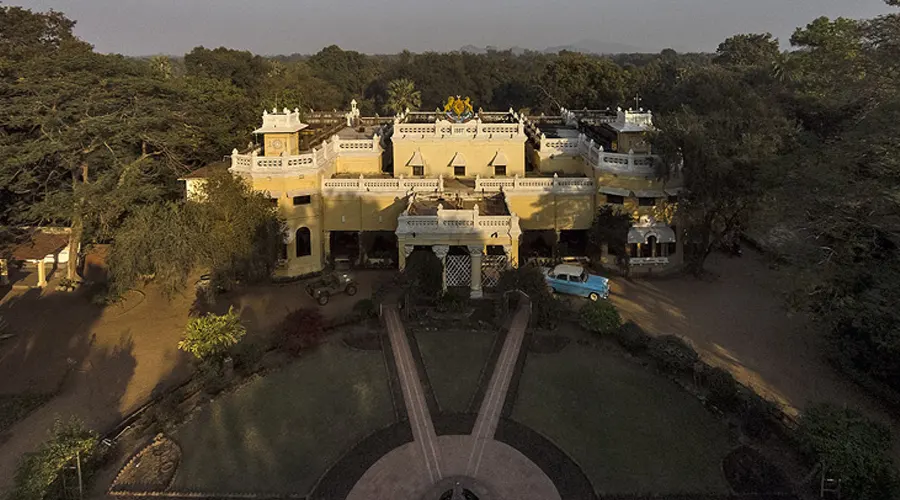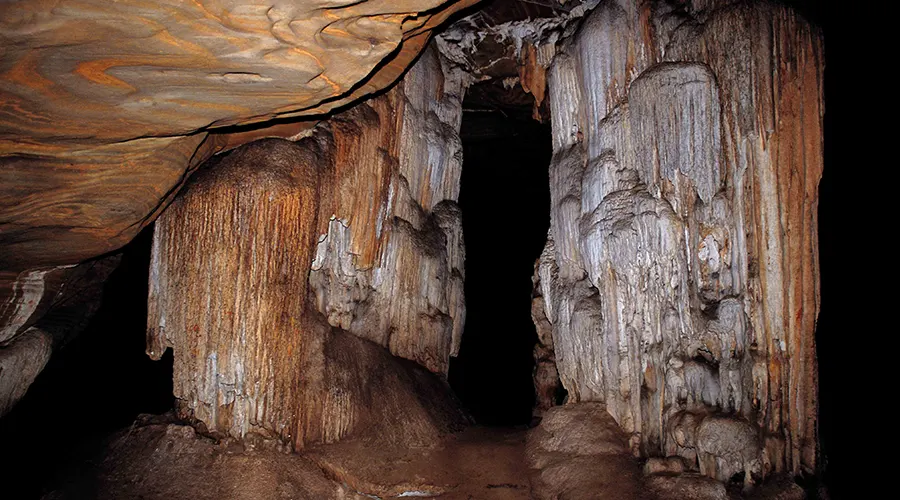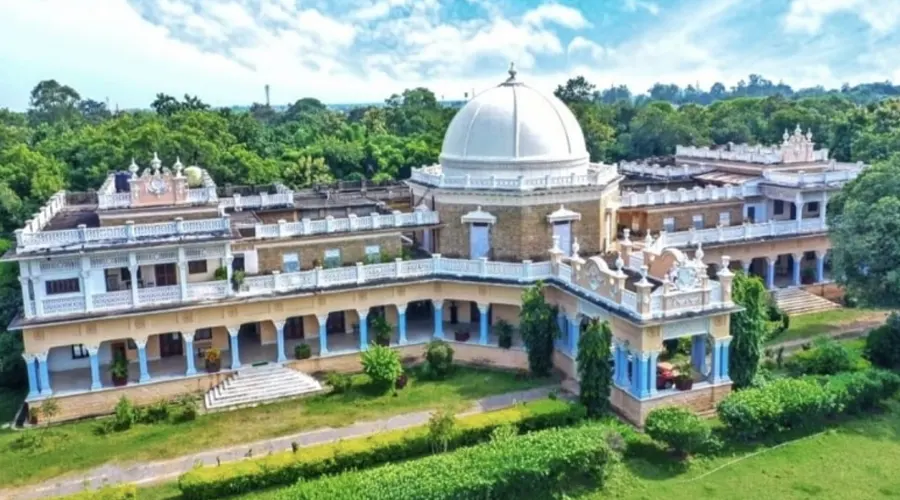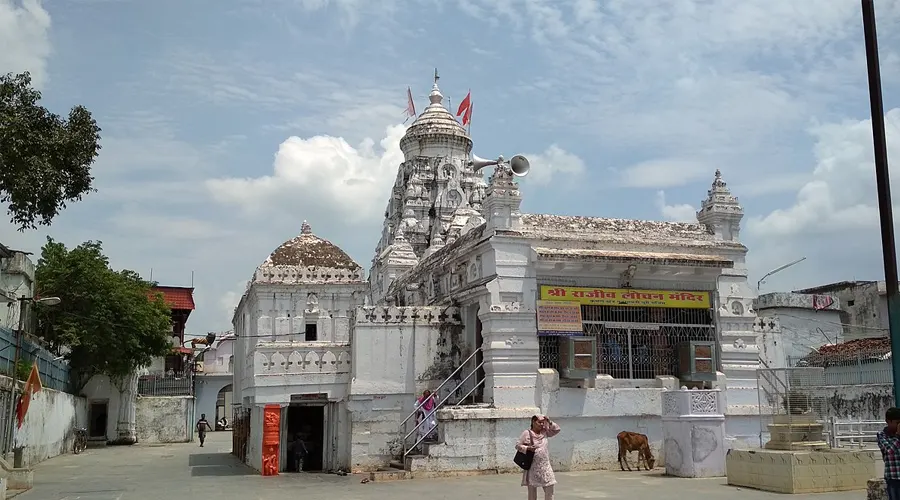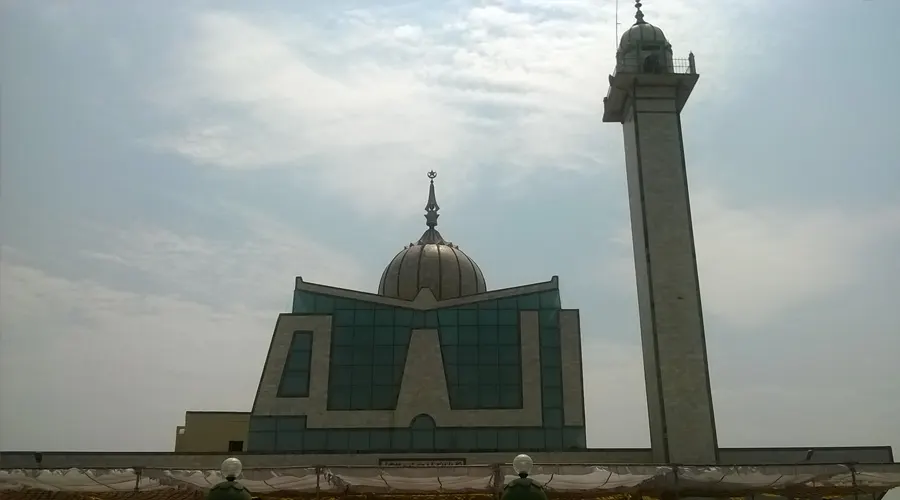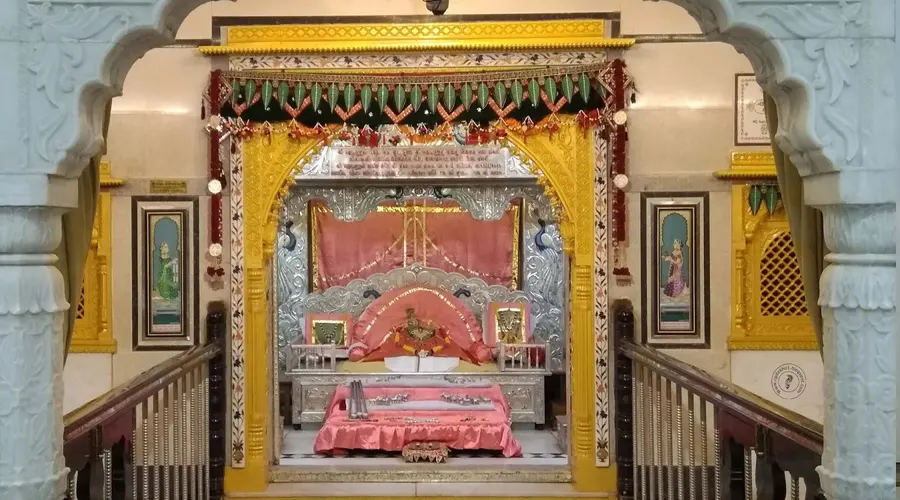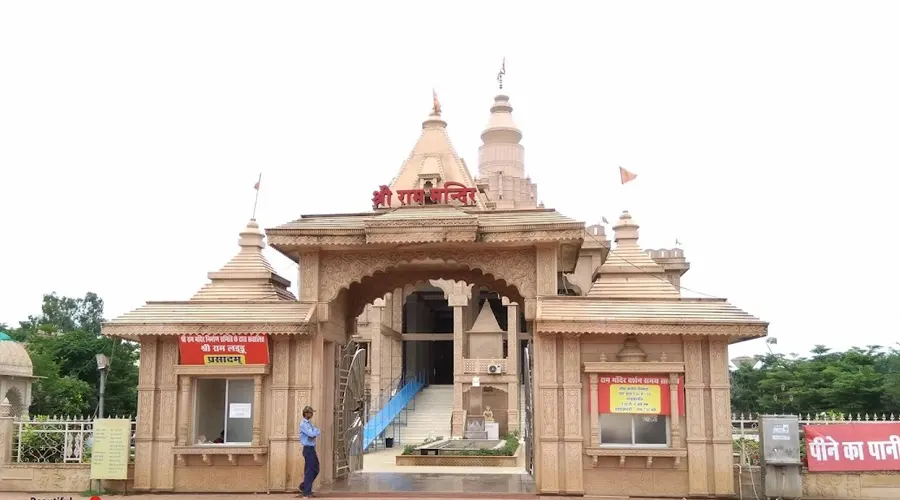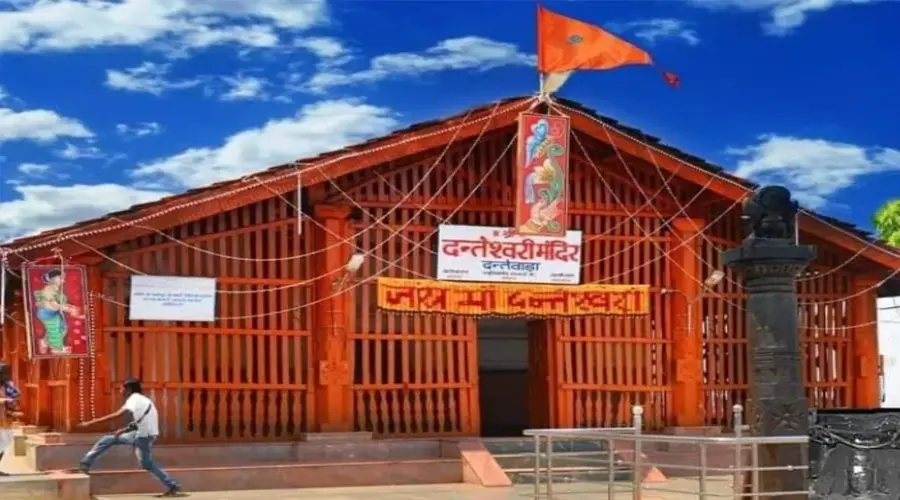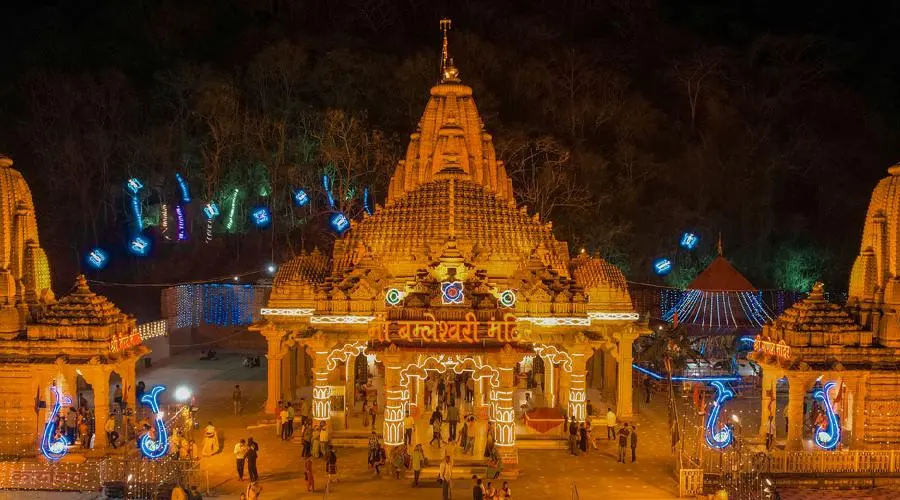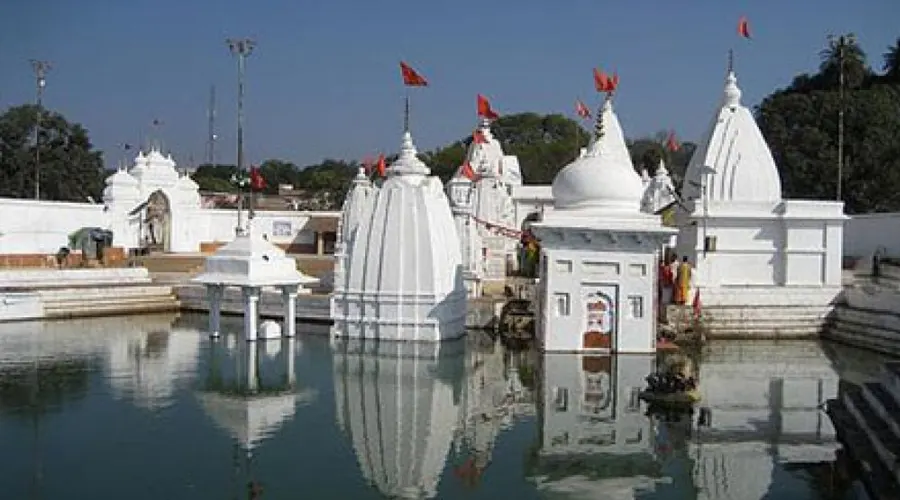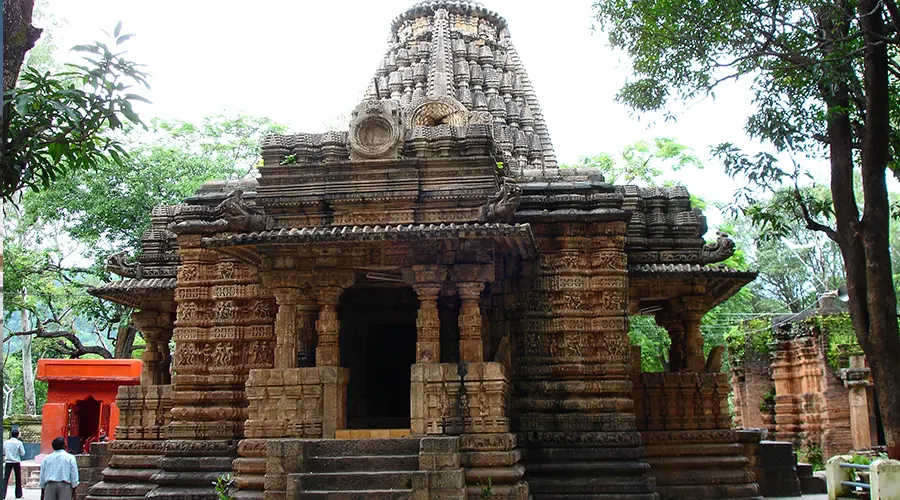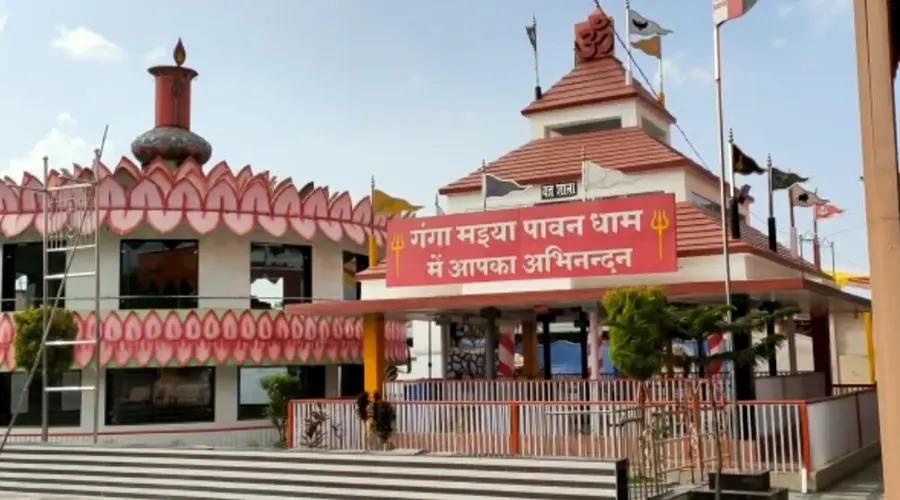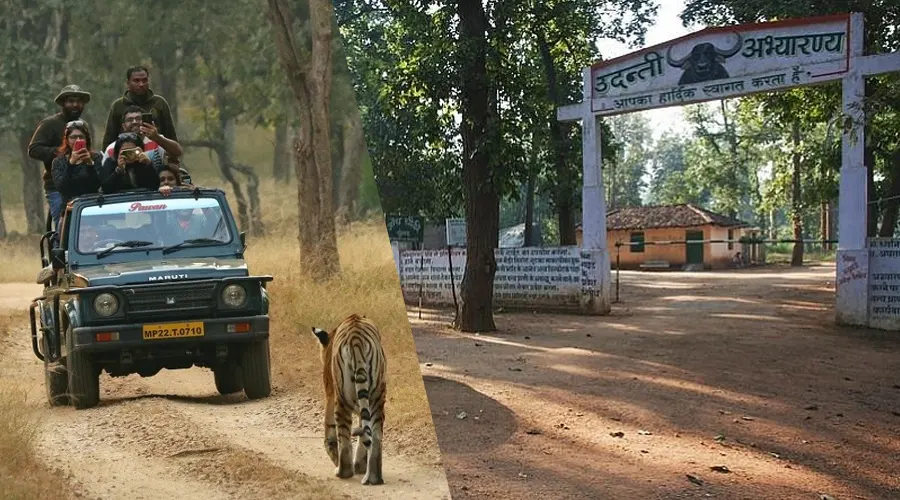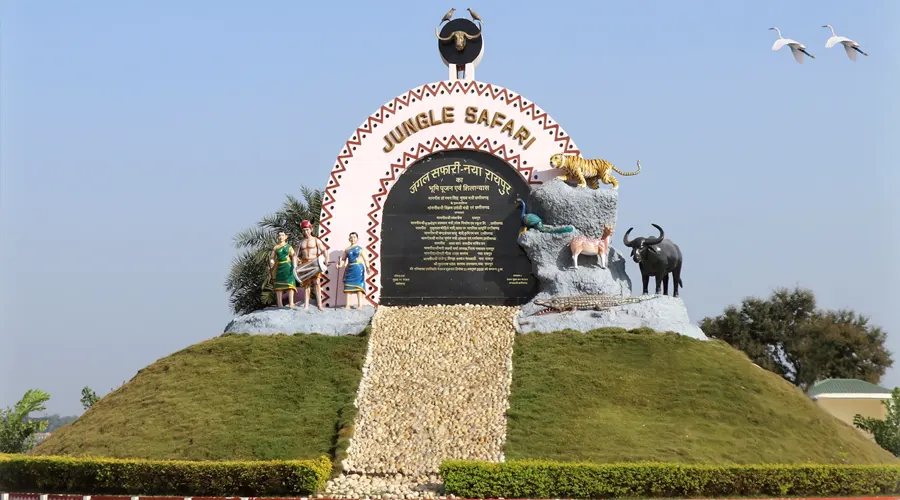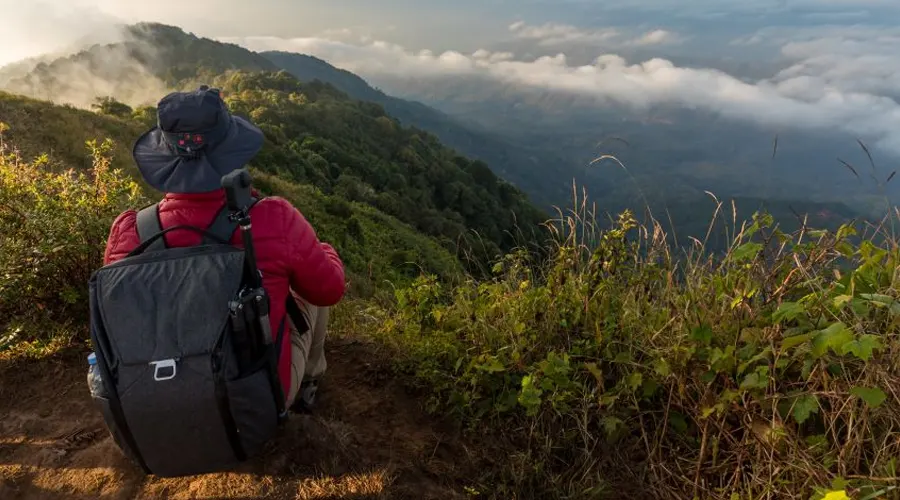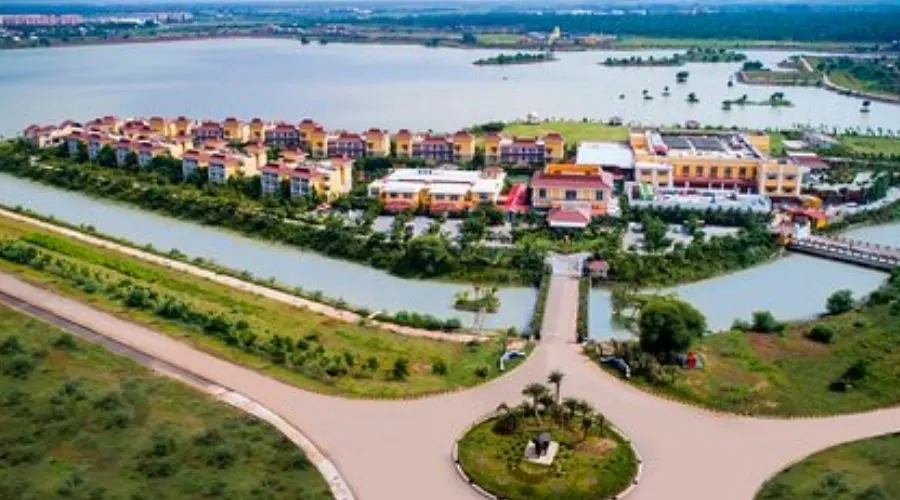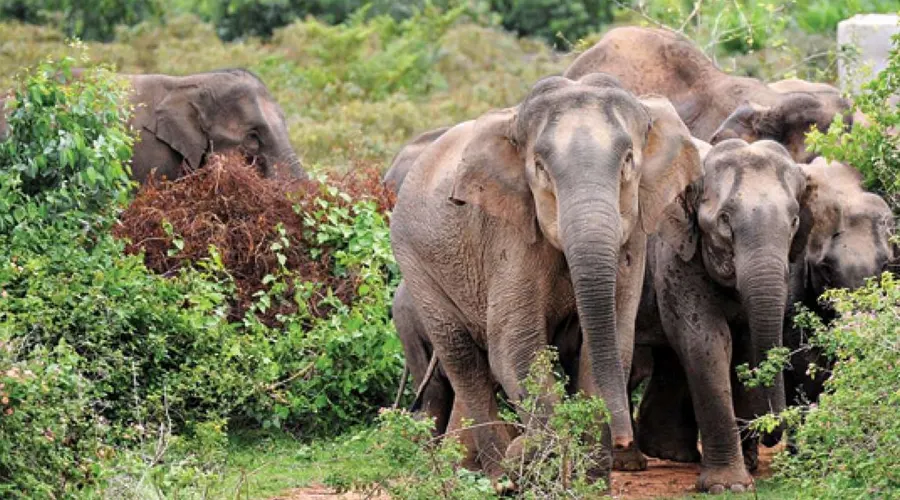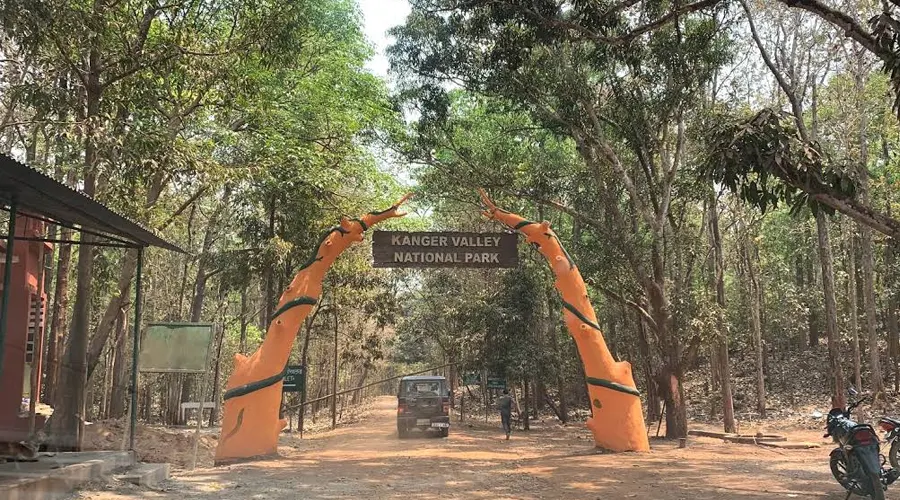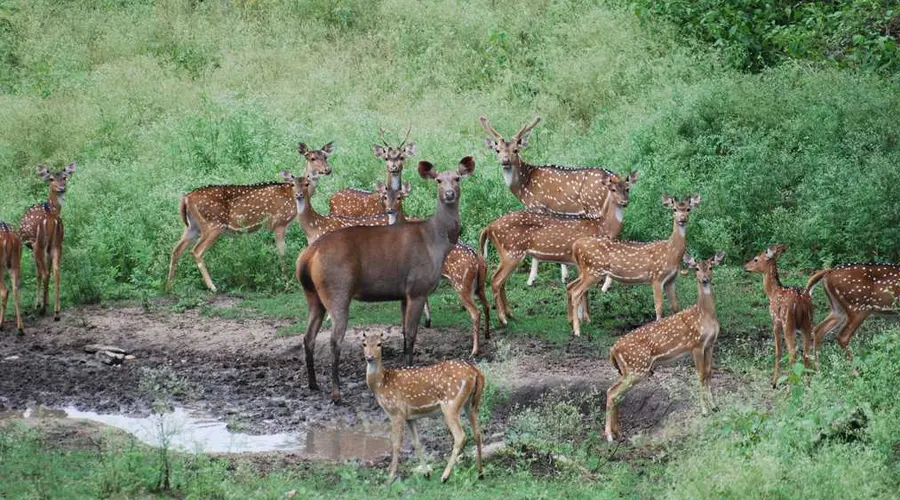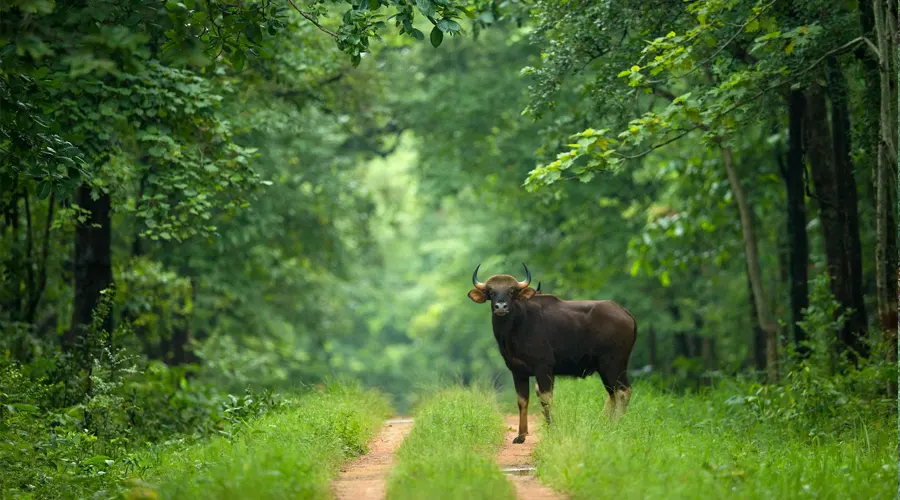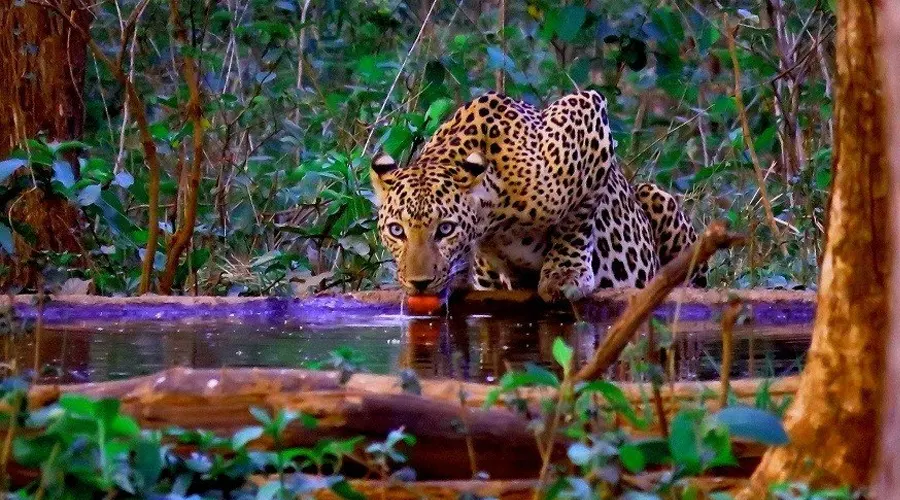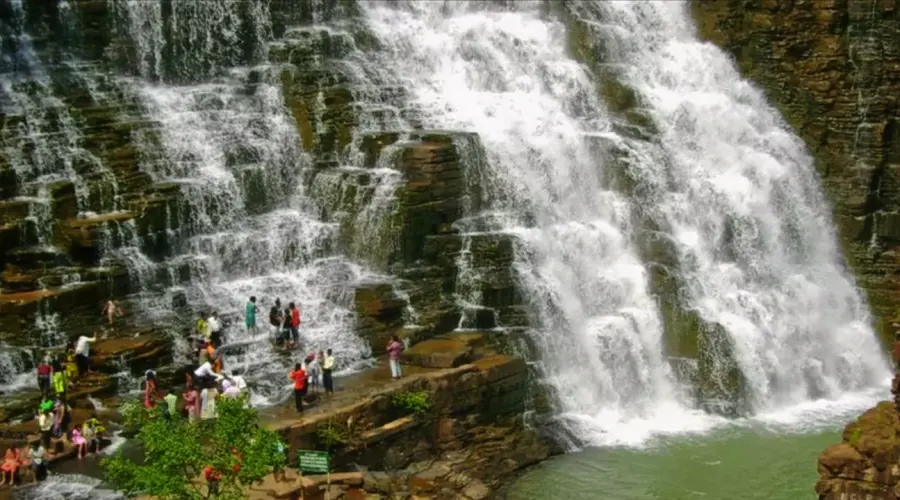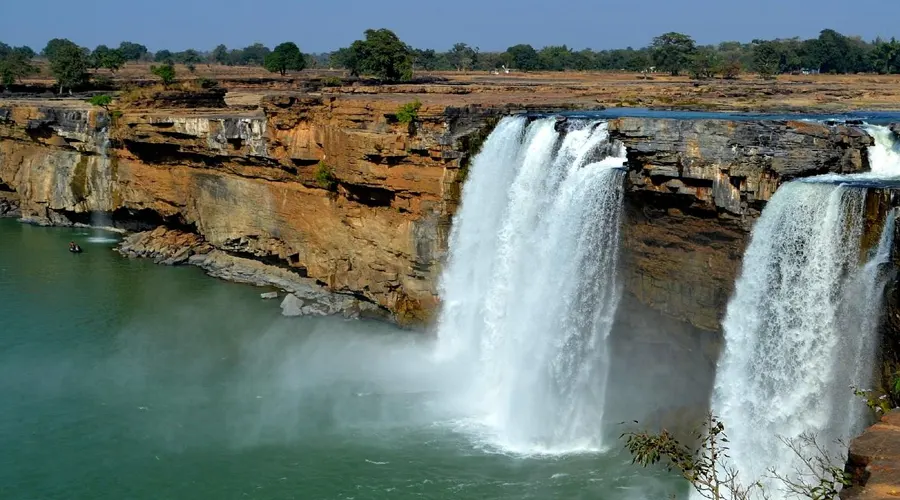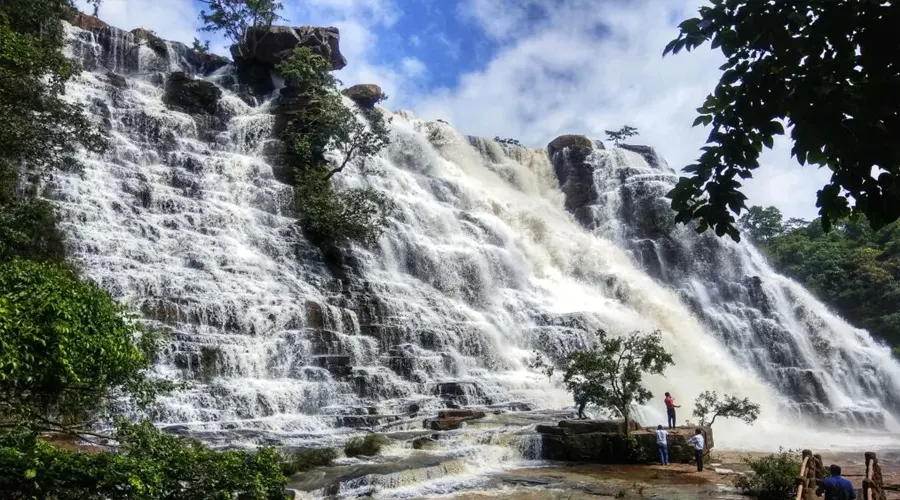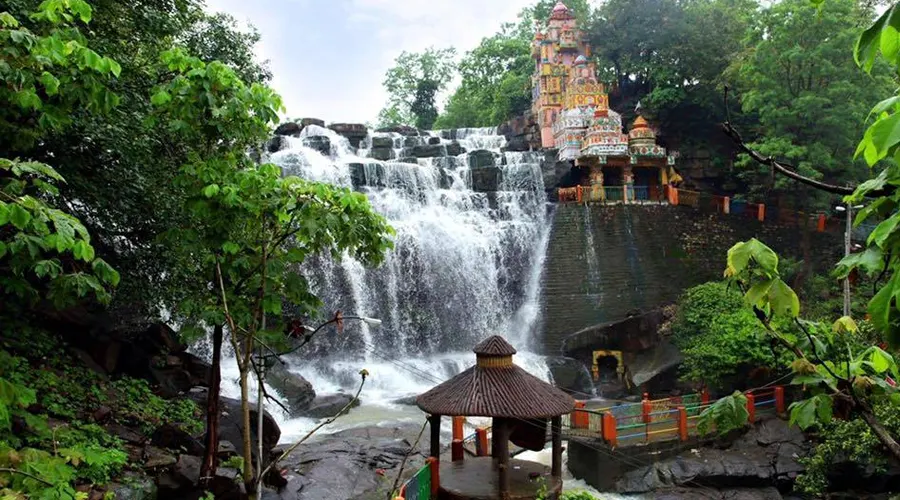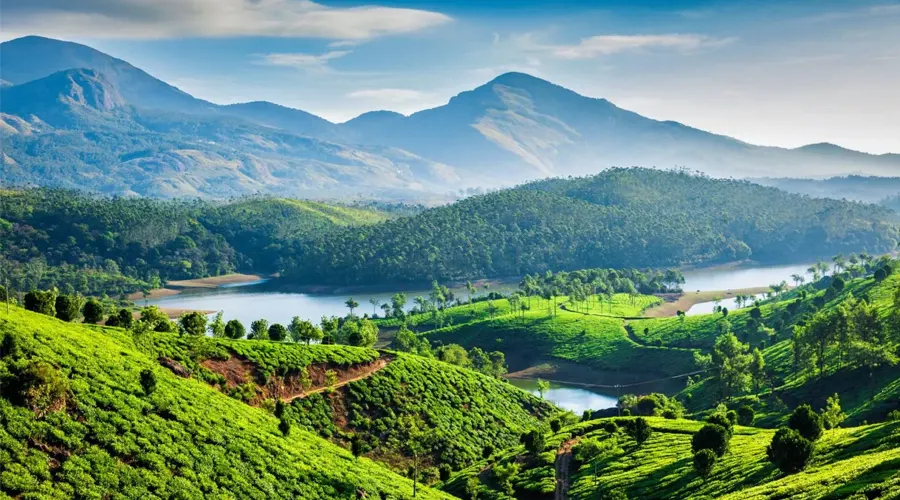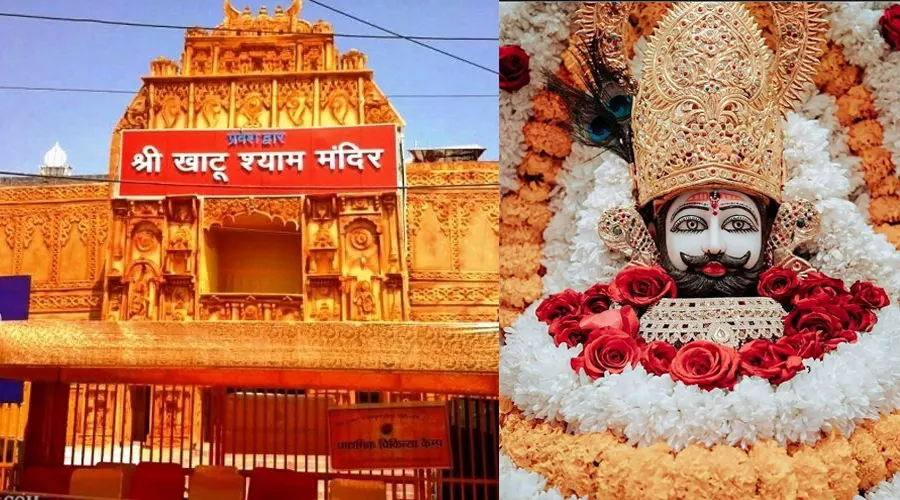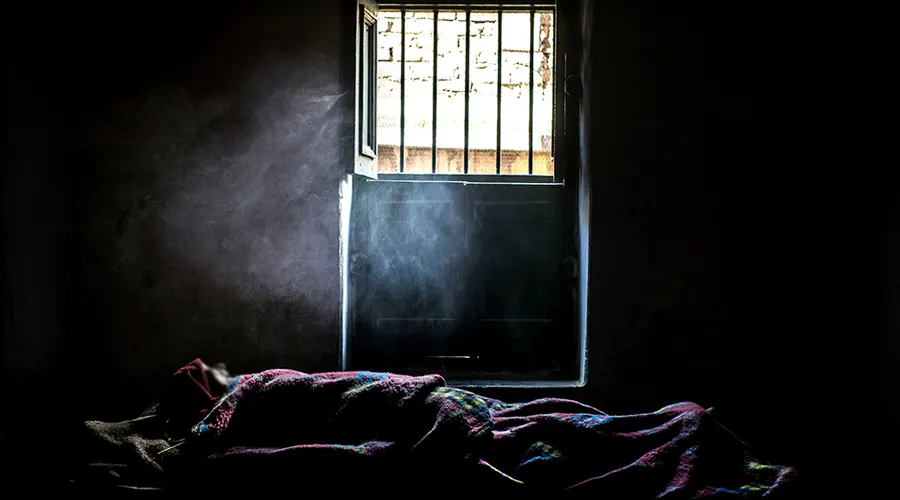Chhattisgarh Tourism: India’s Hidden Gem of Culture, Nature, and Heritage
Tucked away in the heart of central India, Chhattisgarh is a treasure trove of natural beauty, cultural richness, and historical depth. This lesser-explored state is home to majestic waterfalls, dense forests, ancient temples, mysterious caves, and one of the largest tribal populations in the country.The state’s rich tribal heritage is deeply woven into everyday life, vibrant festivals, traditional dance forms, and exquisite handicrafts.
Towns like Jagdalpur and Bastar offer a window into the customs of indigenous communities that have preserved their way of life for generations. Meanwhile, historical sites like Sirpur and Rajim reflect Chhattisgarh’s spiritual and archaeological significance, with ancient ruins, Buddhist monasteries, and temples dating back to the 6th century.Chhattisgarh is perfect for travelers seeking offbeat destinations, spiritual retreats, eco-tourism, and authentic cultural experiences. Whether you're trekking through sal forests, discovering tribal art at local haats (markets), or relaxing by a pristine waterfall, this hidden gem promises a soulful journey far from the typical tourist trail.
History of Chhattisgarh: A Journey Through Time
Chhattisgarh, often referred to as the “Rice Bowl of India,” has a rich and fascinating history that stretches back thousands of years. The region has been a cradle of civilization and culture since ancient times, with archaeological evidence pointing to human settlements as far back as the Stone Age.
Ancient Era
Historically known as Dakshin Kosala, Chhattisgarh finds mention in ancient Indian texts like the Ramayana and Mahabharata. It was once part of the Maurya Empire under Emperor Ashoka in the 3rd century BCE and later came under the rule of the Satavahanas, Guptas, and other powerful dynasties. The region’s strategic location made it an important center for trade and cultural exchange.
Sirpur, located near the modern-day capital Raipur, was a flourishing city during the 6th to 10th centuries and a prominent center of Buddhist learning and architecture. Excavations in Sirpur have revealed remains of Buddhist monasteries, Hindu temples, and Jain shrines, showcasing a rich tradition of religious coexistence.
Medieval Period
During the medieval era, the region was ruled by several local dynasties, including the Sharabhpuriyas, Somvanshis, Kalachuris, and later the Nagvanshis. These dynasties contributed significantly to temple architecture, art, and regional development. Forts like Ratanpur and Raipur emerged during this time and became important administrative centers.
Colonial Era
By the 18th century, Chhattisgarh came under the control of the Marathas, and later, during British colonial rule, it became a part of the Central Provinces. The British exploited the region’s abundant natural resources, especially forest produce and minerals, leading to economic and social changes in the tribal communities.
Modern History
After India gained independence in 1947, Chhattisgarh remained part of Madhya Pradesh until November 1, 2000, when it was carved out as a separate state to give better administrative recognition to its unique culture and development needs. Since its formation, Chhattisgarh has made significant strides in infrastructure, education, and tourism, while still preserving its indigenous roots.
Top Places to Visit in Chhattisgarh
1. Chitrakote Waterfalls: The Niagra of India
Chhattisgarh is home to some of India's most stunning waterfalls, and Chitrakote Waterfalls is one of the crown jewels. Often referred to as the "Niagara of India," Chitrakote Waterfalls is situated in the Bastar region and is the largest waterfall in Chhattisgarh. The best time to visit is during the monsoon season, when the falls are in their full glory.
2. Kanha National Park: A Wildlife Paradise
For wildlife enthusiasts, Kanha National Park is a must-visit destination in Chhattisgarh. Famous for its diverse flora and fauna, the park is home to tigers, leopards, and many species of birds. The park is a sanctuary for nature lovers and photographers looking to capture the wilderness of Central India.
3. Bastar: The Heart of Tribal Culture
Bastar is one of the most culturally rich areas in Chhattisgarh, known for its vibrant tribal culture, traditional handicrafts, and unique festivals. Visitors can immerse themselves in the tribal way of life by visiting the local villages, exploring the markets filled with handwoven textiles, tribal jewelry, and beautiful woodwork.
4. Sirpur: The Ancient Heritage Site
Sirpur, an ancient archaeological site, is a hidden gem for history enthusiasts. Known for its ancient temples, Buddhist monasteries, and Jain shrines, Sirpur offers a glimpse into India's past. The Sirpur ruins are a must-visit for those interested in historical architecture and ancient civilization.
5. Achanakmar Wildlife Sanctuary: A Nature Lover’s Dream
Situated in the northern part of Chhattisgarh, Achanakmar Wildlife Sanctuary is renowned for its lush forests and diverse wildlife. The sanctuary is home to tigers, leopards, and various other wildlife species. It’s also a great spot for trekkers who wish to explore the untouched beauty of nature.
Best Time to Visit Chhattisgarh
Chhattisgarh enjoys a tropical climate, making it a year-round destination. However, the best time to visit is between October and March, when the weather is cooler and more comfortable for sightseeing and outdoor activities. The monsoon season (June to September) is ideal for those who wish to witness the state’s waterfalls at their fullest.
Experiencing the Tribal Culture of Chhattisgarh
Chhattisgarh is home to one of India’s largest tribal populations, with over 30 recognized tribes, each having its own distinct language, customs, art, and beliefs. The tribal communities form the cultural backbone of the state, making it a vibrant mosaic of age-old traditions and indigenous lifestyles that continue to thrive in harmony with nature.
Life in Tribal Villages
A visit to Chhattisgarh’s tribal villages—especially in regions like Bastar, Dantewada, Kanker, and Jashpur—offers an authentic glimpse into a world untouched by modernity. The homes are typically made of mud and thatch, adorned with tribal motifs and symbols. Villagers live close to nature, relying on agriculture, forest produce, and traditional crafts for their livelihood.
Hospitality is a hallmark of tribal life, and visitors are often welcomed warmly. Engaging with the locals through homestays and community tours lets travelers witness their everyday routines, rituals, and sustainable practices.
Tribal Art, Music & Dance
Tribal art in Chhattisgarh is bold, expressive, and deeply rooted in nature and mythology. The famous Bastar Art includes woodcarving, wrought iron work (lohar shilp), bell metal (dhokra), and terracotta figurines. These crafts are often handmade using traditional techniques passed down through generations.
Music and dance play a central role in tribal festivities and storytelling. Traditional dances like Gendi, Raut Nacha, and Saila are performed during local festivals and celebrations, accompanied by indigenous instruments like the mandar, nagara, and mohuri.
Colorful Costumes and Ornaments
Tribal communities in Chhattisgarh wear distinctive attire. Women often drape themselves in handwoven kosa silk or cotton sarees, and men wear dhoti-kurta or lungis. Both men and women adorn themselves with silver and bead jewelry, often handmade and symbolic of their identity and beliefs.
Weekly Haats – A Cultural Experience
Weekly tribal markets or haats are an immersive way to experience tribal life. Held in villages across Bastar and other regions, these vibrant gatherings are more than just markets—they are social hubs where people trade forest produce, crafts, food, and gossip. It's a perfect opportunity to taste traditional tribal snacks, shop for local handicrafts, and interact directly with artisans.
Festivals and Beliefs
Tribal festivals are colorful, musical, and filled with spiritual meaning. Celebrations like Bastar Dussehra, Madai Festival, and Goncha Festival are unique to Chhattisgarh. Unlike mainstream Hindu Dussehra, Bastar Dussehra is dedicated to Ma Danteshwari, the tribal goddess, and involves elaborate rituals, tribal dances, and cultural processions that go on for weeks.
Many tribal beliefs are animistic, with a deep reverence for nature, ancestors, and local deities. Sacred groves, stones, and rivers often serve as worship sites, and rituals are conducted by village priests or shamans.
Chhattisgarh’s tribal culture is not just an aspect of its identity—it’s the soul of the state. For travelers seeking authenticity, simplicity, and cultural richness, delving into the tribal life of Chhattisgarh is an eye-opening and humbling experience that will stay with them long after the journey ends.
Chhattisgarh Cuisine: A Taste of Tribal Flavors
The cuisine of Chhattisgarh is as earthy and wholesome as its culture, rooted in the simplicity of tribal life and the rich natural resources of the region. Often referred to as the "Rice Bowl of India", Chhattisgarh’s food reflects its agricultural abundance and forest produce, offering a unique blend of flavors, textures, and cooking techniques that are both traditional and deeply satisfying.
Staple Ingredients
Rice is the backbone of Chhattisgarh’s diet, used in various forms including boiled rice, rice flour, and rice batter. Alongside rice, ingredients like millets, lentils, seasonal vegetables, and forest-gathered foods such as tamarind leaves, mahua flowers, and bamboo shoots play a vital role in everyday cooking.
The use of minimal oil and local spices like cumin, mustard seeds, garlic, and green chilies gives Chhattisgarhi food a subtle yet distinct flavor.
Popular Traditional Dishes
- Chana Samosa – A spicy and tangy twist on the classic samosa, stuffed with spiced chickpeas.
- Faraa – Similar to momos or dumplings, these are rice flour dumplings steamed or fried and served with chutney.
- Angakar Roti – A thick roti made from rice flour, often paired with spicy chutneys or vegetable curry.
- Aamat – Known as the "tribal sambhar," this dish is made with mixed vegetables and bamboo shoots, slow-cooked in a traditional iron pot for a smoky flavor.
- Dubki Kadhi – A flavorful gram flour-based curry with pakoras, typically eaten with rice.
- Bafauri – A healthy steamed snack made with chana dal paste and spices, shaped into balls.
Delicious Sweets
- Thethri and Khurma – Crunchy snacks usually prepared during festivals.
- Tilgur – Made with sesame seeds and jaggery, commonly eaten in winters.
- Dehrori – A festive sweet dish made with soaked rice, curd, and deep-fried dumplings dipped in sugar syrup.
Local Drinks
- Mahua – A fermented drink made from the flowers of the mahua tree, traditionally consumed by tribal communities during festivals and celebrations.
- Salfi (Sulphi) – Often called the ‘Indian toddy’, it’s a naturally fermented drink extracted from the Salfi tree, enjoyed fresh in many tribal areas.
Chhattisgarh’s cuisine is a flavorful journey into its tribal roots and rustic charm. It’s not just food—it’s a reflection of the people’s connection with nature and their sustainable way of living. For food lovers and cultural explorers, tasting Chhattisgarhi dishes is an essential part of experiencing the soul of the state.
How to Reach Chhattisgarh
- By Air: The main airport of Chhattisgarh is Swami Vivekananda Airport in Raipur, which is well-connected to major cities in India like Delhi, Mumbai, and Kolkata.
- By Train: Chhattisgarh has a good network of trains, with Raipur and Bilaspur being the major railway stations.
- By Road: The state is well-connected by road, and you can easily hire a taxi or use buses to travel to different parts of Chhattisgarh.
Conclusion: Why You Should Visit Chhattisgarh
Chhattisgarh is one of India's lesser-known destinations, making it the perfect place for travelers looking to explore off-the-beaten-path attractions. From the stunning waterfalls to the ancient temples, wildlife sanctuaries, and tribal culture, Chhattisgarh promises a unique and enriching experience. Whether you're a nature lover, history enthusiast, or someone seeking to discover new cultures, this state has something for everyone.
So, pack your bags and plan your trip to Chhattisgarh today for an unforgettable adventure!
FAQs about Chhattisgarh
1. When is the best time to visit Chhattisgarh?
The ideal time to visit Chhattisgarh is between October and March, when the weather is cool and perfect for outdoor exploration.
2. What are the top tourist attractions in Chhattisgarh?
Some top attractions include Chitrakote Waterfalls, Kanha National Park, Bastar, Sirpur, and Achanakmar Wildlife Sanctuary.
3. How can I reach Chhattisgarh?
You can reach Chhattisgarh by air (Raipur Airport), train (Raipur and Bilaspur stations), or road.
4. What is the tribal culture of Chhattisgarh like?
Chhattisgarh is home to over 40 tribes, each with unique traditions, festivals, and handicrafts. Visitors can interact with these communities and experience their cultural festivals.
5. What is the local cuisine of Chhattisgarh?
Chhattisgarh's cuisine features traditional dishes like Fara, Chana Samosa, and Bafauri, with many tribal influences.

